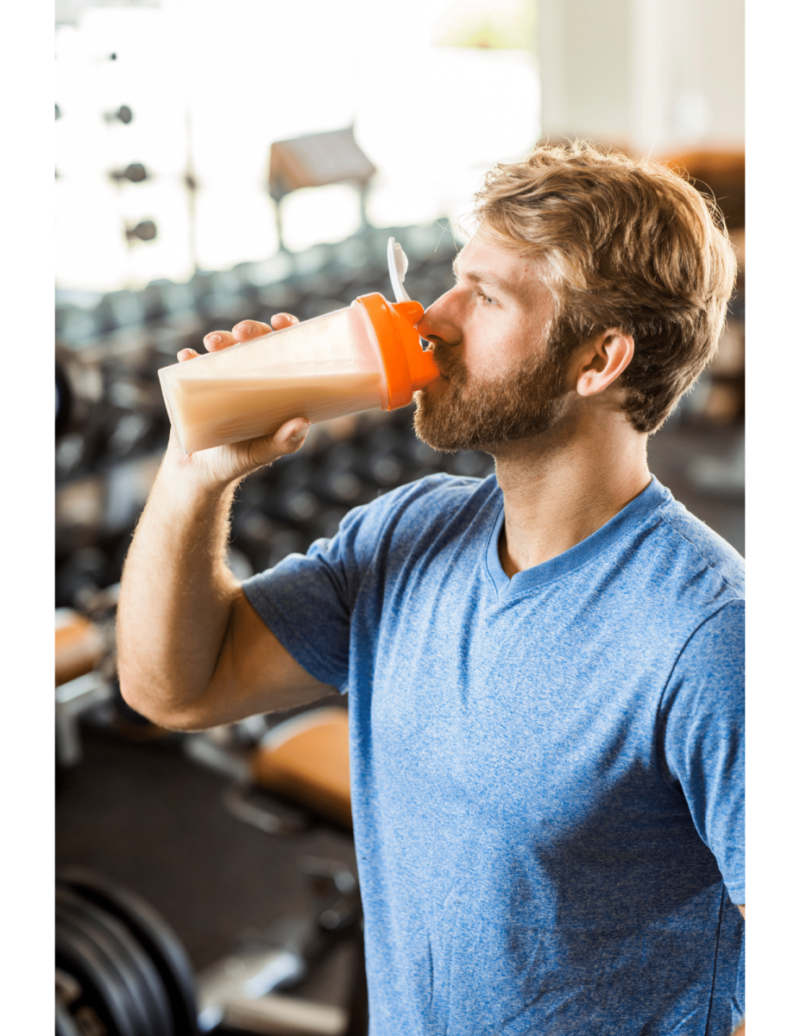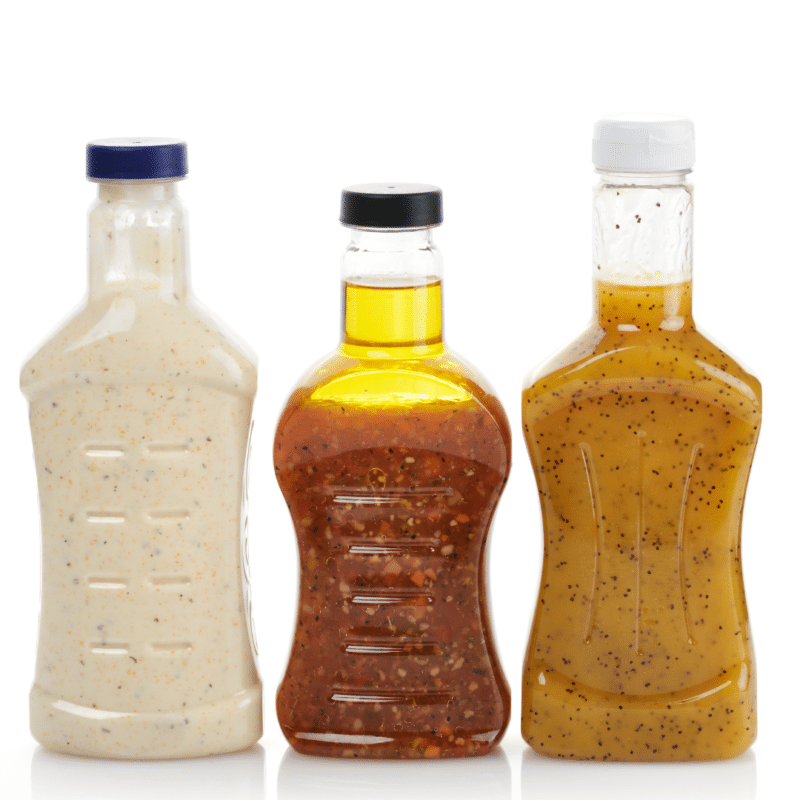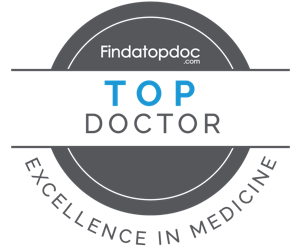Are we Protein Obsessed? From protein chips to protein ice cream, it seems like protein is making its way into just about everything these days. Not long ago, when we thought of protein-rich foods, staples like lean meats, eggs, legumes, and nuts came to mind. But now, stroll through any grocery store aisle and you’ll find protein-packed snacks like popcorn, soda, and even candy—each claiming to help you meet your daily protein goals.
It’s marketed as the ultimate fuel for muscle, weight loss, and overall health. But have we become too obsessed with protein? And in the era of GLP-1 medications like semaglutide (Ozempic, Wegovy) and tirzepatide (Mounjaro, Zepbound), is this obsession changing—or even growing?
Let’s unpack where the protein craze came from, and why it matters more than ever in the context of modern weight loss treatments. It’s not just a fad. In 2024 alone, food companies launched more than 95 new products featuring “protein” in their brand names—more than double the year before.
GLP-1s: A Weight Loss Revolution
GLP-1 receptor agonists (GLP-1s) like semaglutide and tirzepatide are transforming obesity and diabetes care. These medications help regulate appetite, improve blood sugar, and promote substantial weight loss—up to 15–22% of body weight in some cases. But there’s a catch: much of that weight loss can include lean muscle mass, especially if protein intake is low or if strength training isn’t part of the routine. That’s where the renewed (and now medically necessary) focus on protein comes in.
GLP-1s and Protein: Why It Matters Now More Than Ever
While GLP-1s reduce appetite—often dramatically—they also make it harder to get enough nutrients. People report eating far less, skipping meals, and feeling full quickly. The result? A higher risk of inadequate protein intake. Why is that a problem? Because when your protein is too low while losing weight, you don’t just burn fat—you lose muscle, too. And muscle is metabolically active tissue that supports strength, mobility, glucose control, and long-term weight maintenance. While on GLP-1s, it’s important to incorporate resistance exercise or strength training and maintain a diet rich in protein. This helps preserve muscle mass and supports overall metabolic health.
Protein is one of the three essential macronutrients—alongside carbohydrates and fats—that our bodies need to function. Protein plays a vital role in:
- Building and repairing muscle tissue
- Supporting immune health
- Aiding in enzyme and hormone production
- Helps keep you full and satisfied between meals
How much protein do We really need? The answer depends on who you are, how you live, and what your goals are.
The Basics: Minimum Daily Requirements
For the average sedentary adult, the Recommended Dietary Allowance (RDA) for protein is:
- 0.8 grams of protein per kilogram of body weight, or
- 0.36 grams per pound
That means a 150-pound person (68 kg) needs about 55 grams of protein per day as a baseline to meet basic nutritional needs. But that’s just the minimum to prevent deficiency—not necessarily what you need to thrive.
Protein Needs for Active People
If you’re regularly exercising, lifting weights, or training for performance, your body needs more protein to support muscle recovery, energy, and overall strength. Active individuals should aim for:
- 1.2 to 2.2 grams per kilogram (0.54–1.0 grams per pound) of body weight.
So that same 150-pound person may need anywhere from 82 to 150 grams of protein per day, depending on training intensity.
What Do Those Numbers Look Like in Food? Here are examples of protein-rich foods:
- 3 oz chicken breast: 26g
- 2 eggs: 12g
- 1 cup Greek yogurt: 20g
- 1 scoop whey protein: 20–25g
- 1 cup cooked lentils: 18g
A balanced plate with protein at every meal goes a long way toward meeting your needs.
Can we get too much protein?
Yes, according to a 2024 study published in Nature Metabolism, eating protein well above the recommended daily allowance triggers changes on a cellular level that increase the risk of cardiovascular disease and other harmful metabolic effects. When it comes to our health and nutrition, balance is key.
Skip the Protein Popcorn: Try these Nutritional Snacks instead:
- Nuts and Seeds: Almonds, walnuts, or pumpkin seeds are great for a quick protein boost.
- Hard-Boiled Eggs: A simple and portable snack that’s high in protein.
- Hummus with Veggies: Hummus is a good source of plant-based protein when paired with vegetables like carrots or bell peppers.
- Cottage Cheese: High in protein and can be eaten alone or with fruits.
- Edamame: Steamed edamame is a great plant-based protein snack.
- Chickpeas: Roasted chickpeas can be a crunchy, protein-packed snack.
At Evexia Medical, we believe in a comprehensive approach to health. Our approach relies on flexible and sustainable approaches: focusing on whole, clean, and lean foods, including fiber, protein, and healthy fats as well as minimizing ultra processed foods. Our 360-degree medical health evaluation in Palm Beach County is designed to assess the full spectrum of your health, from nutrition and physical health to mental well-being and lifestyle factors.
📞 Call us today at 561-621-1096 or book your appointment online to take the first step toward personalized, compassionate care. Your journey to true well-being starts here—with a





